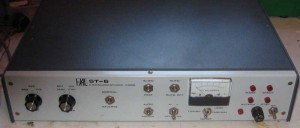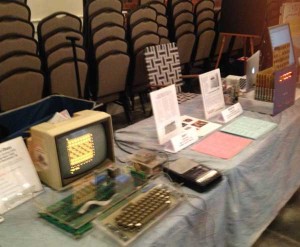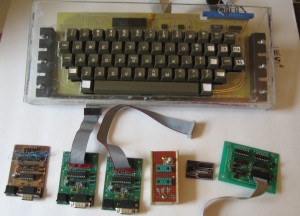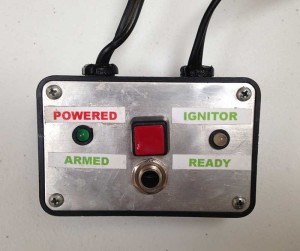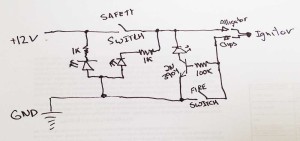
B-32 Bombers under construction at Air Force Plant #4
I was killing some time the other day, browsing the web, finding out about the great warplanes of World War II, when I ran across this photo.
The photo was found on this blog page which contains much information about it: http://rarehistoricalphotos.com/b-32-bomber-factory-fort-worth-texas1944/
After looking at it, and reading the caption, I wondered if this was the same war plane factory that I had visited in the mid 80’s. At the time, I worked for the Computer Systems Division of Gould, Inc. This company produced super-mini computers and sold a large percentage of the computers used to power commercial and military flight simulators. When introducing a new version of the computer, some of the engineering team attended a show in Fort Worth, Texas. Before the show, a local sales representative invited us to visit the General Dynamics factory outside town. At the time, General Dynamics made F-16 fighter planes at the plant. We got to walk out on the factory floor. We could see workmen constructing F-16s, one rivet at a time. No automation or moving assembly line there, those planes were practically hand-crafted. Our guide told us that it was the longest factory in the world. He said that they rolled raw material in one end and complete airplanes out the other end. It was a very cool experience. Later on, at the show, I got to “fly” a General Dynamics F-16 cockpit proceedures trainer. What a memorable trip that was.
Follow this link to see F-16s under construction in this factory.
Well it turns out that this factory was indeed the same factory as produced 3000 B-24s during World War II and over a hundred B-32s towards the end of the war. It’s official name was Air Force Factory #4. There are a number of photos of this place while B-24s Liberators were being constructed on the Library of Congress website.
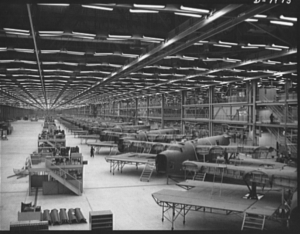
B-24s Under Construction
http://www.loc.gov/pictures/item/oem2002005697/PP/
Today the F-35 lighting II is produced at the facility.



